Why Exfoliation Matters
Did you know that the human body sheds about 40,000 dead skin cells daily? These dead skin cells can build up and clog the skin’s pores, which may lead to ingrown hairs, bumps, acne, uneven skin tone, skin that feels rough, or dull-looking skin. Exfoliation is the process of physically or chemically removing dead skin cells from the skin’s surface. Exfoliating your body is a great way to remove dead skin cells, unclog pores, even out your skin tone, and achieve smooth, glowing skin.
It is important to note that exfoliating too often or too harshly can damage the skin barrier and lead to uneven or patchy skin, infections, and irritation. In this article, we will be going over the following:
- Common body exfoliation mistakes
- The 5 skin types
- Determining your skin type
- Choosing an exfoliant for your skin type
Types of Exfoliants
There are 3 main types of exfoliants: physical, chemical, and enzymatic.
Physical Exfoliation

Source: https://www.oprahdaily.com/beauty/skin-makeup/a33604470/how-to-exfoliate/
Physical exfoliants, also known as mechanical exfoliants, use products or tools to physically remove dead skin cells from the body. Keses, abrasive granule scrubs, washcloths, and brushes are prime examples of physical exfoliants. This type of exfoliant only works its magic on the surface layer of the skin. Physical exfoliants should only be used once a week because the outer layer of the skin needs to be left alone to build up again. Over-using physical exfoliants can cause micro tears, which may lead to dryness, irritation, infection, and scarring.
Chemical Exfoliation

Source: https://labmuffin.com/how-to-exfoliate-2-all-about-chemical-exfoliants/
Chemical exfoliants use an acidic component to break down dead skin cells. Salicylic acid, glycolic acid, alpha hydroxy acid (AHA), and beta hydroxy acid (BHA), are all examples of chemical exfoliants. Chemical exfoliants penetrate the surface of the skin through the pores to dissolve oils and dirt. Unlike physical exfoliants, chemical exfoliants do not have abrasive particles or materials that risk causing micro tears, making them gentler on the skin. These can be used 2-3 times throughout the week. Be mindful that chemical exfoliants have a drying effect on the skin, so we recommend using a moisturizer after using this type of exfoliant.
Enzymatic Exfoliation
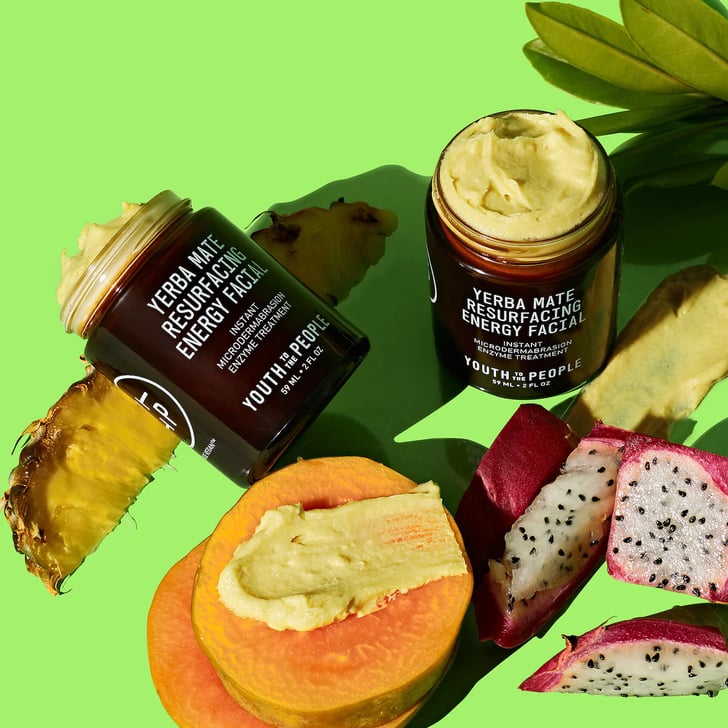
Source: https://www.popsugar.co.uk/beauty/best-fruit-enzyme-exfoliators-masks-48157638
Enzymatic exfoliants utilize enzymes from certain fruits such as papaya, pineapple, and cranberry to break down or digest dead skin cells. These are also more gentle on the skin than both physical and chemical exfoliants because they do not pose any risk of causing micro tears like physical exfoliants do, nor do they penetrate deep into the skin like chemical exfoliants do, making this exfoliant ideal for those with sensitive skin.
Which of these exfoliants should I be using for my body?
Generally, using physical and chemical/enzymatic exfoliants in your skincare routine on different days throughout the week is an excellent combo, as they serve different functions and complement each other. Physical exfoliants work on the surface layer of the skin, and chemical/enzymatic exfoliants will continue the work by fine tuning that exfoliation for combined results, bringing you a more even and effective exfoliation. Do be mindful not to use these exfoliants at the same time/same day as this can cause over-exfoliation.
Common Exfoliation Mistakes
1. Exfoliating too often

Source: https://epicuren.com/blogs/news/why-over-exfoliation-is-bad-for-your-skin
This depends on your skin and the type of exfoliant(s) you use. Physical exfoliants are best used every 1 to 2 weeks as they are more potent. Chemical and enzymatic exfoliants can typically be used more frequently if you have a non-sensitive skin type. How often you exfoliate depends on your skin type and the skin issues you are facing.
2. Scrubbing too hard

Source: https://www.tiege.com/blogs/news/how-to-use-body-scrub-a-step-by-step-guide
Although it may feel more satisfying or effective to scrub with vigor, you may run the risk of breaking through your skin barrier and causing micro-tears, which lead to skin irritation, acne breakouts, or scarring. While exfoliating, you also may not visibly see dead skin, but that does not mean it was not effective.
3. Forgetting the moisturizer after
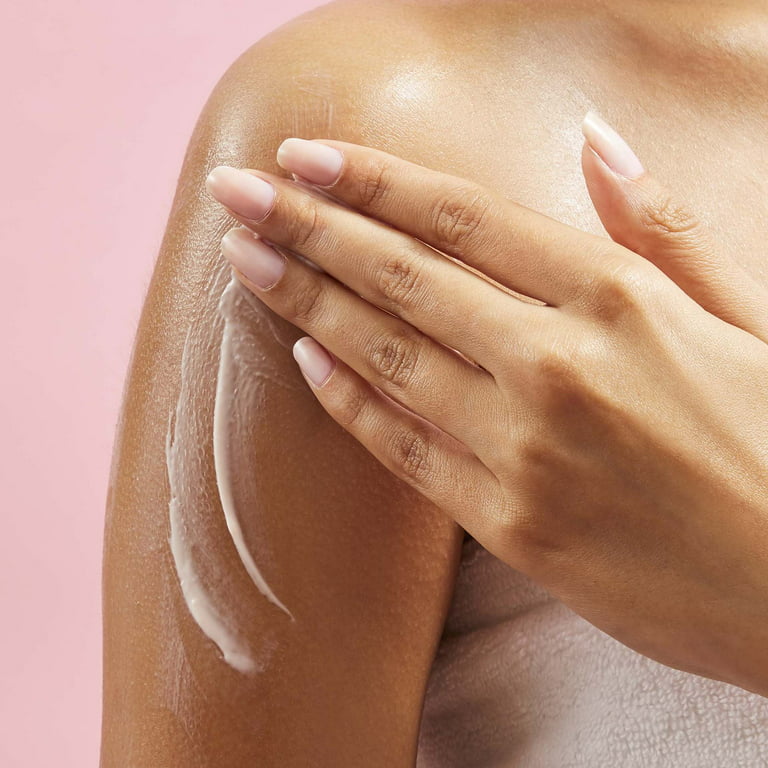
Source: https://www.mamavation.com/beauty/non-toxic-body-lotions.html
Exfoliants bring the benefits of clearing dead skin cells, but also open up your pores, enabling water to pass through easier which may dry your skin over time if not sealed with moisture. After exfoliating, it is important to apply a moisturizer to protect your skin, retain moisture, and enjoy the smoothness.
Using the wrong product/s for your skin type - Be sure to listen to your skin and know your skin type. Certain exfoliant products can be too harsh, possibly causing more harm than good. If you experience irritation or a burning sensation after using an exfoliant, you may be using the wrong product for your body.
Determining your skin type
Oily Skin
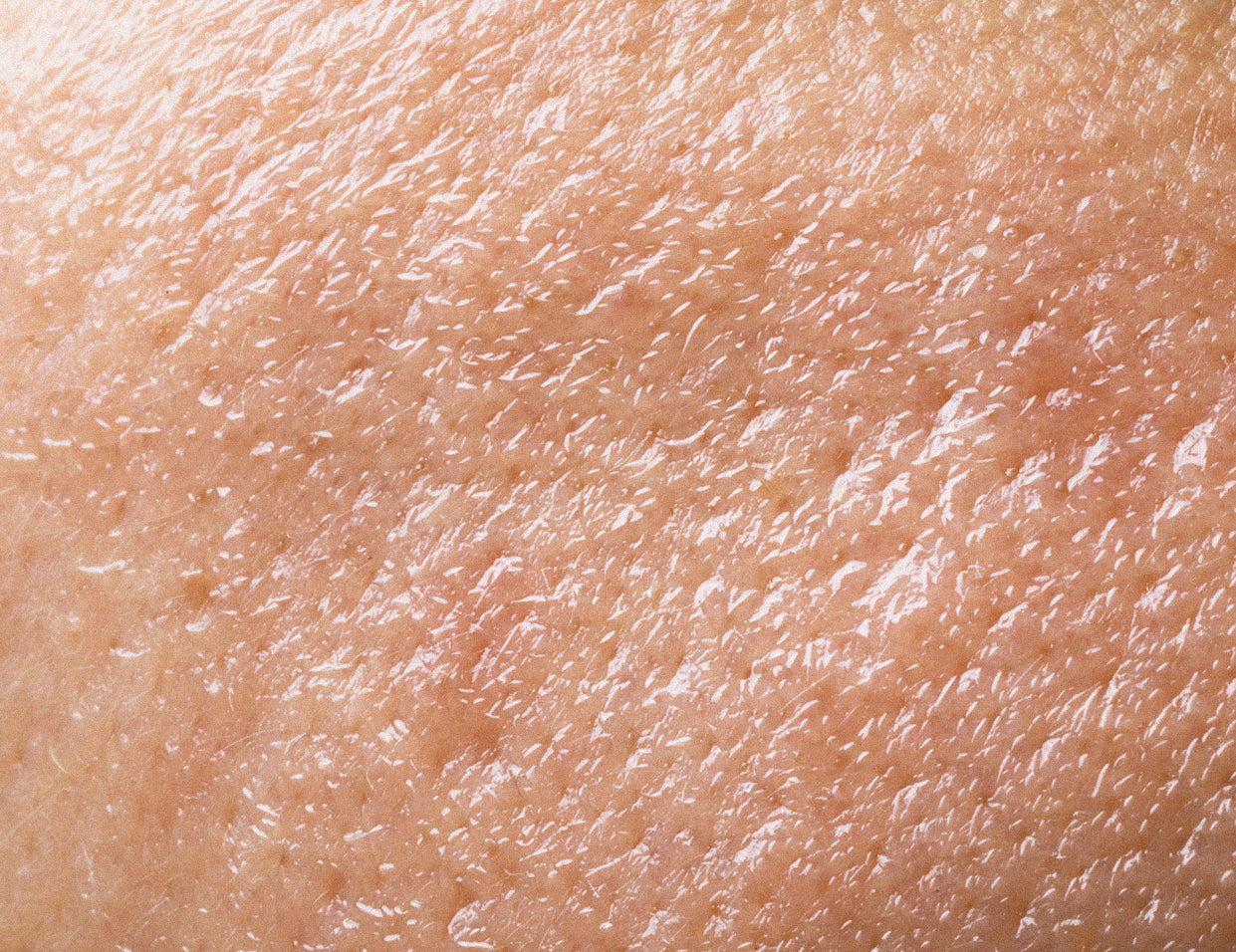
Oily skin appears shiny and feels greasy, because it produces excess oils. This skin type is prone to enlarged pores, acne blemishes, blackheads, and whiteheads. Some people actually have normal skin, but if they experience dryness and do not address it, their body’s response may be increased oil production, which may make the person think they have oily skin.
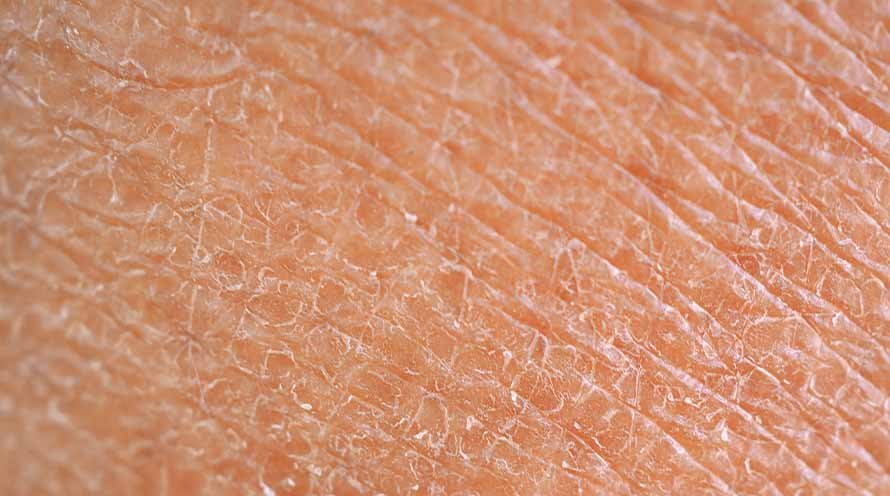
Dry skin may appear dull, feel rough, flaky, or scaly, as it produces less natural oils than other types of skin. This skin type is prone to becoming itchy or irritated.
Normal Skin
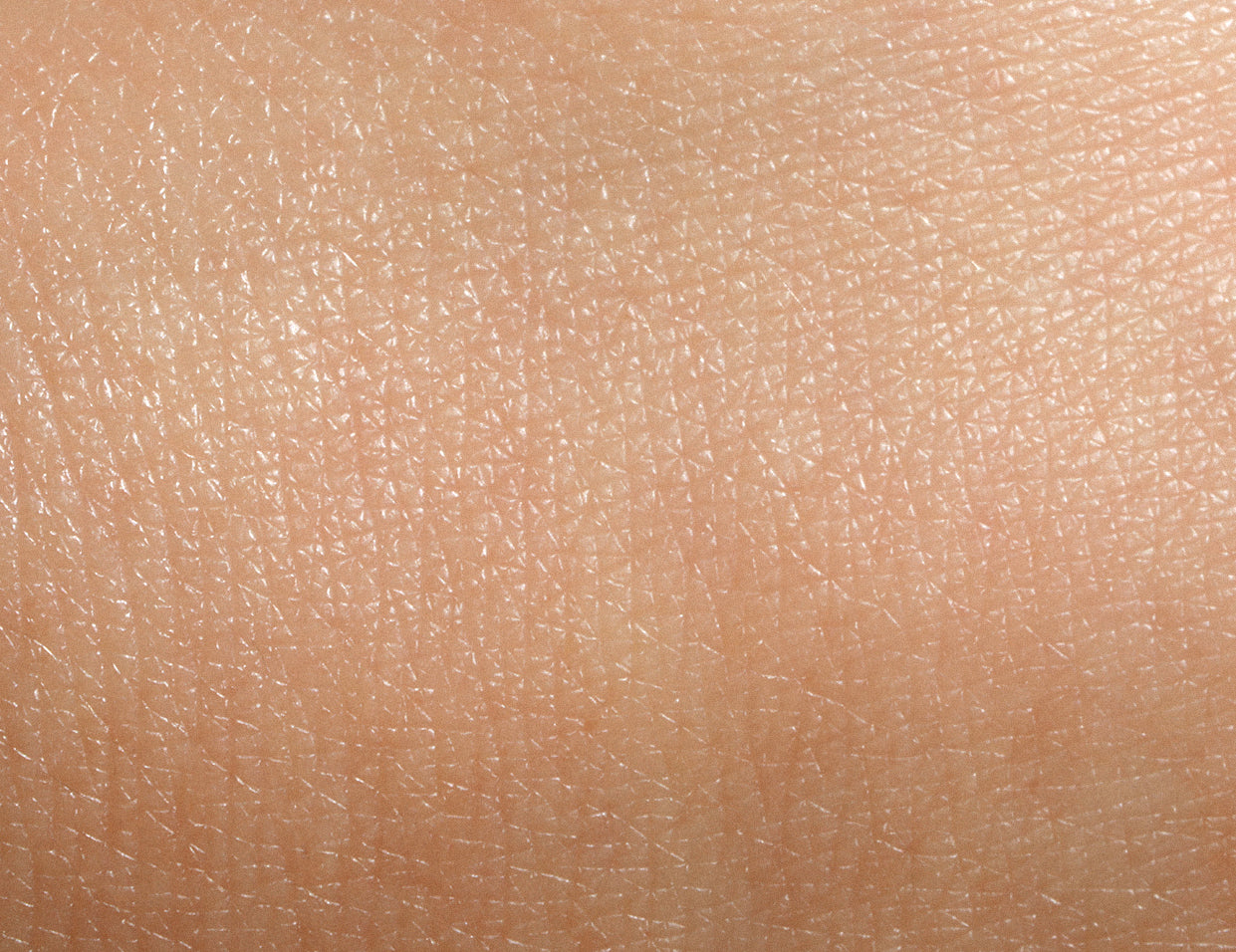
Normal skin is neither too dry nor too oily, and is not prone to skin issues.
Combination Skin
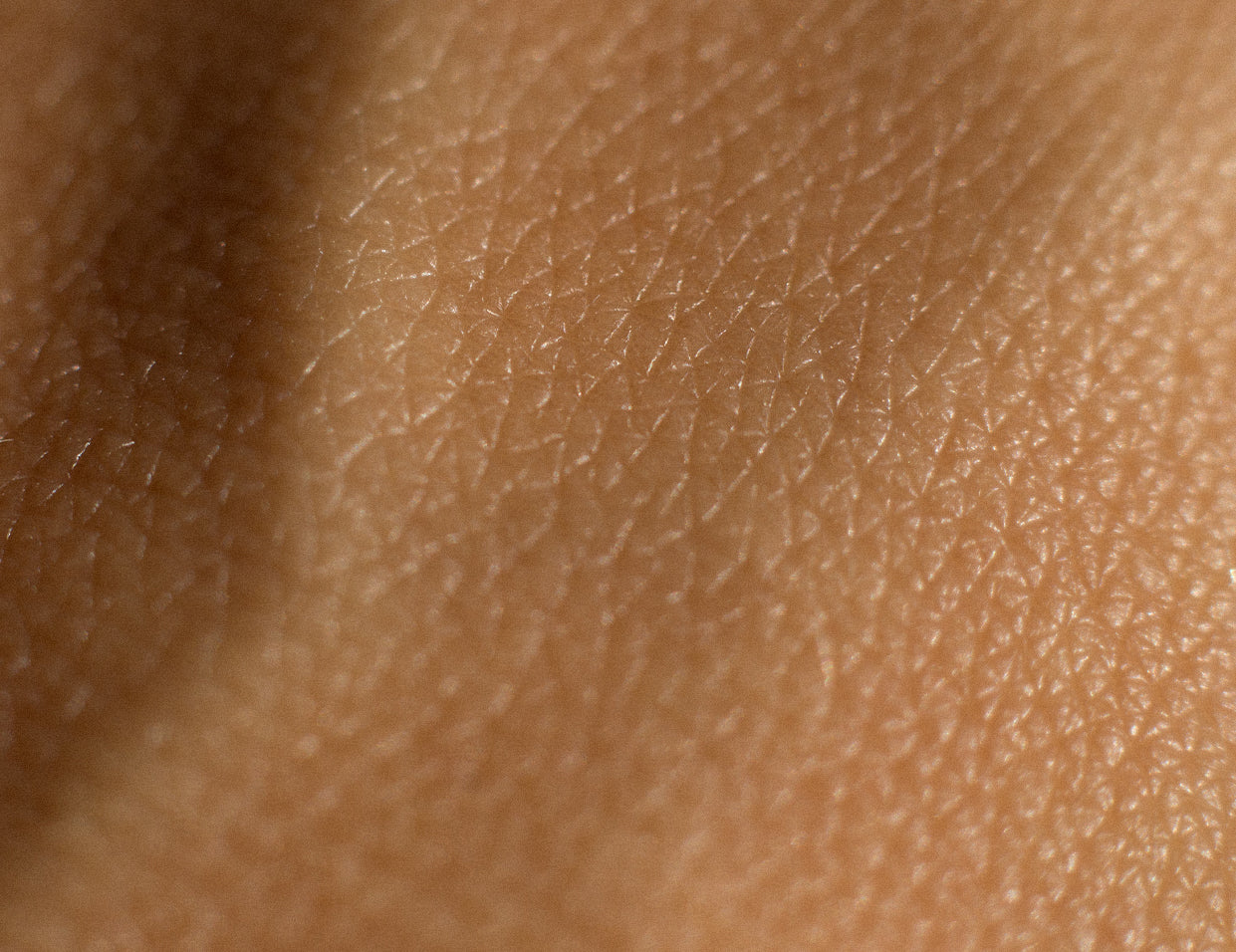
Combination skin has areas that are dry and oily. The “T-zone” areas which include forehead, nose, and chin tend to be the oily spots for people with combination skin.
Sensitive Skin
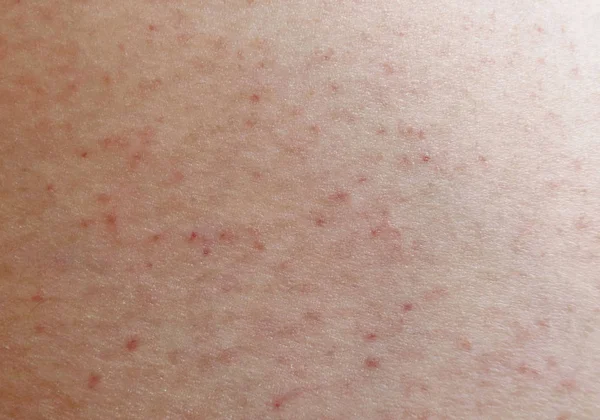
This skin type is more sensitive to the products used on the skin, and often prone to irritation. Sensitive skin can also be oily or dry.
Find Your Skin Type
To figure out your skin type, you can try this simple at-home test:
Wash your face with a gentle cleanser (not a harsh cleanser), gently pat your face dry, then wait 30 minutes. After the 30 minute mark, observe how your skin looks:
- If your skin looks shiny throughout, you have oily skin.
- If your skin feels tight, appears dry, flaky, or scaly throughout, you have dry skin.
- If your skin is shiny only in the T-zone areas (forehead, nose, or chin), you have combination skin.
- If your skin feels and looks fine, you have normal skin.
- If you feel a burning sensation or irritation, you may have sensitive skin. If you are sensitive to fragrances and certain products this may also mean that your skin is sensitive.
Although this test is just for the face which has more delicate skin compared to the skin on your body, the same concept of skin types and traits apply.
What are the right exfoliants for me?
Finding the right exfoliants for you may take some trial and error, but it’s always best to start with a more gentle cleanser with less frequency, and increase the extent of exfoliation gradually if needed. There are so many different types of products for each type of exfoliant, but when it comes to physical exfoliants, we can help narrow it down for you:

Hand-crafted by artisans in Turkey and specially woven with a silky and biodegradable viscose that is gentle on delicate skin and comfortable to the touch. This physical exfoliant is designed for sensitive skin, delicate areas, and those with eczema, as it’s smooth thinner weave is gentle all while delivering deep exfoliation. The sensitive kese comes in two closure styles:
Open with string: easy to wear and take off, and the tie allows you to secure the kese on any hand size. This is preferred by those with higher sensitivity such as eczema and psoriasis, or those who want something simpler.
With elastic: this gives a more secure feeling for those who prefer it over the string.
Kese Mitt for normal, bumpy, KP, or rough skin
Made with our high-quality Turkish woven texture, this kese is designed for those with bumpy skin, keratosis pilaris, rough skin, or those preparing for a tan or wax. The thicker weave allows for higher exfoliating potency without the scratchy sandpaper feeling. The kese for normal, bumpy, KP, or rough skin comes in two closure styles:
Elastic - for a more secure feeling.
Open - for those who want something simple to slip on and off.
Back Exfoliating Kese Scrub | for hard to reach areas

Also sporting our high quality Turkish woven texture and silky viscose material, the back exfoliating kese scrub is for all skin types and is designed with length for your back and other hard to reach areas. It doubles as a great back massage while in the shower or bath, and comes with comfortable handles for ease of use.
Sources:
https://my.clevelandclinic.org/health/articles/10978-skin
http://scienceline.ucsb.edu/getkey.php?key=7116
https://www.healthline.com/health/beauty-skin-care/chemical-exfoliation#chemical-vs-physical-exfoliation
https://www.aad.org/public/everyday-care/skin-care-secrets/routine/safely-exfoliate-at-home
https://www.whowhatwear.com/how-to-exfoliate
https://www.women.com/1315905/exfoliating-mistakes-dont-want-to-make/
https://www.harpersbazaar.com/uk/beauty/skincare/a40953582/exfoliating-enzymes/
